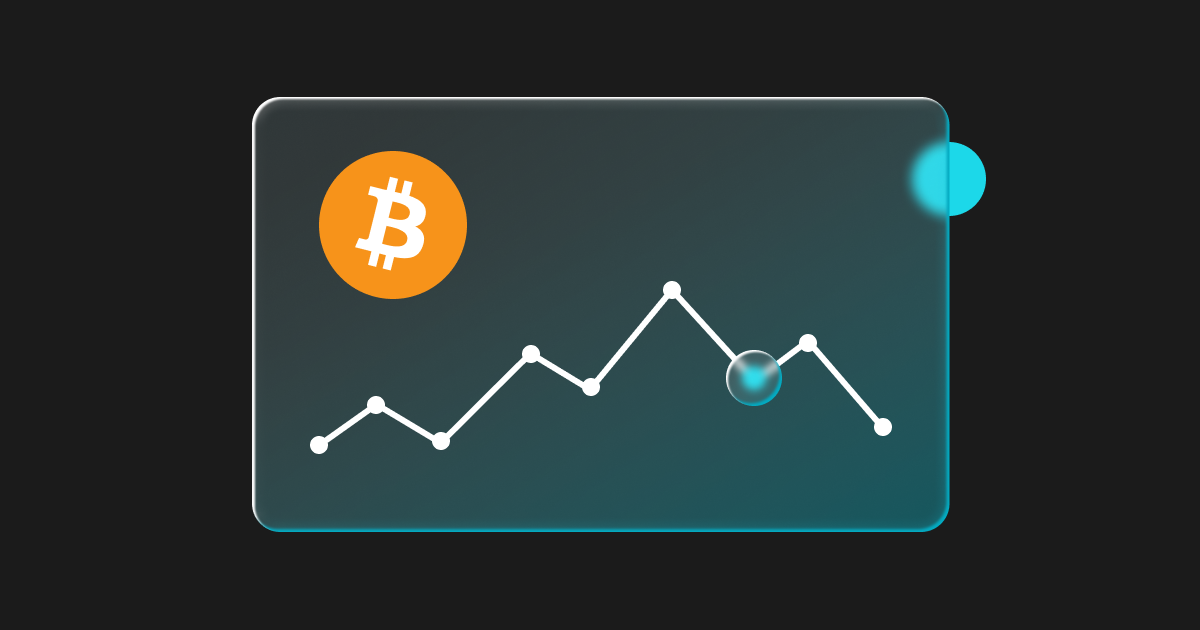November sent global markets into overdrive after Donald Trump clinched the U.S. presidential election on the 5th. Wall Street lit up, the dollar flexed its muscles, and Bitcoin charged ahead like it had something to prove. And prove, it did.
But not everyone got a piece of the pie. While U.S. assets soaked up investor dollars, European currencies, Mexico’s peso, and tariff-sensitive industries felt the heat. It’s been a month of winners and losers, with Trump’s economic shadow looming over global trade and investment.
Now, December is knocking, and it’s looking more like a minefield than a red-carpet runway. Analysts warn of a potential bond market backlash to Trump’s fiscal policies.
Inflation is also lurking, fueled by tariff-driven supply chain snarls. BCA Research said : “Elevated (U.S.) equity valuations reflect complacency as the more challenging environment we expect is not priced in.”
Currency carnage as the dollar dominates
The dollar crushed its rivals in November, rising 2% against major currencies and steamrolling markets that weren’t ready for Trump’s tariff threats. The euro, in particular, had its worst month since 2022, dropping nearly 3% to around $1.05.
A weak German economy and political headaches in France added to the euro’s tumble. The question now: How low can it go?
Mexico’s peso didn’t fare much better, sliding 2% against the dollar. This isn’t just a bad exchange rate—it’s a reflection of fears about Mexico’s future under Trump’s trade policies. Sterling dropped over 1%, while China’s offshore yuan fell 1.5%.
Even the Korean won and Canadian dollar couldn’t escape the dollar’s bulldozer effect, joining the list of currencies losing value since late September.
Bitcoin blows past expectations
If there’s one asset that truly stole the show in November, it’s Bitcoin. The apex crypto exploded by 37%, inching dangerously close to the $100,000 milestone, falling only $300 short.
See also MicroStrategy’s Bitcoin stash at risk? Analyst warns
Expectations of crypto-friendly regulations under Trump lit a fire under it. The last time Bitcoin went on a rally like this was back in February when demand for new exchange-traded Bitcoin products shot through the roof.
But Bitcoin’s volatility is no joke, and some analysts fear that the recent surge could pave the way for a steep correction. If the market overshoots, unprepared investors might find themselves caught in a sharp downturn.
Still, hitting the $100,000 mark would be a landmark event, thrusting Bitcoin further into the mainstream, especially as it looks clear that President Trump is coming through with all the promises he made to the industry.
Tech thrives, but risks remain
The tech sector has had a field day in November too, with the Nasdaq 100 recording its best month since June. Trump’s election sent Tesla soaring by 33%, while Nvidia basked in the glow of unrelenting AI hype. But not everything in tech land is sunshine and rainbows.
Trump’s tariff plans could wreak havoc on global supply chains, hitting tech giants like Microsoft, Meta, and Amazon where it hurts. Some investors are already hitting the brakes on AI stocks.
The European Central Bank piled on, warning about the ripple effects if the AI bubble bursts. For now, tech stocks are riding high, but there’s a sense that the sector is skating on thin ice.
But the month was actually a tale of two banking sectors. In the U.S., banking stocks skyrocketed by 13%, their best month in a year. Investors are betting on deregulation and a Trump-fueled economic boom to keep banks flush with cash.
See also Bitcoin is back on its way to $100,000. Will it break the mark this time?
European banks? Not so lucky. The sector slid 5%, weighed down by a weakening economy and expectations of rate cuts. But here’s the twist: European banks have still managed a 16% gain year-to-date, thanks to earlier rate hikes. Hedge funds, however, remain skeptical.
JPMorgan reported that hedge funds are net sellers of European banks, even with their recent performance. Deutsche Bank suggested that European banks need to move toward higher-margin businesses like wealth management and investment banking to stay competitive. Trump’s win has clearly tilted the scales for everyone.
Bond markets break rank
But the bond market’s usual rhythm has been thrown off, with major regions moving in wildly different directions. U.S. Treasury yields stayed mostly flat for the month but have risen 60 basis points since mid-September.
Strong economic data and Trump’s promises of fiscal largesse are driving expectations for higher inflation and larger deficits. Capital Economics predicts that U.S. Treasury yields could hit 4.5% by the end of the year, up from their current 4.24%.
Germany, though, saw the opposite trend. Its 10-year yields dropped nearly 30 basis points to 2.11%, marking their biggest monthly fall this year. Economic weakness, Trump’s tariff threats, and the Russia-Ukraine conflict all contributed to the decline.
Japan, meanwhile, experienced a sharp rise in bond yields, partly due to speculation about a potential rate hike following the yen’s post-election slide.
From Zero to Web3 Pro: Your 90-Day Career Launch Plan

